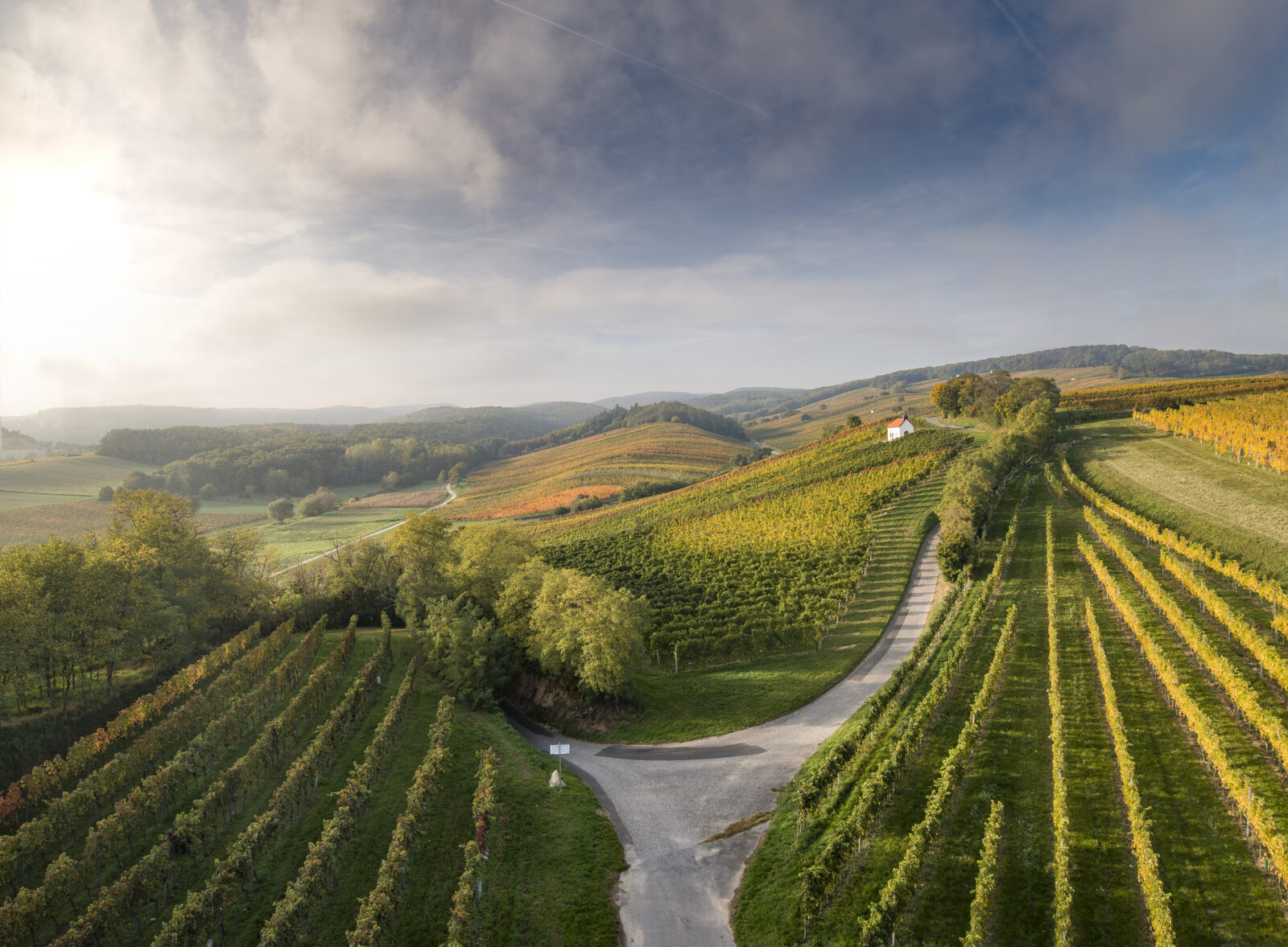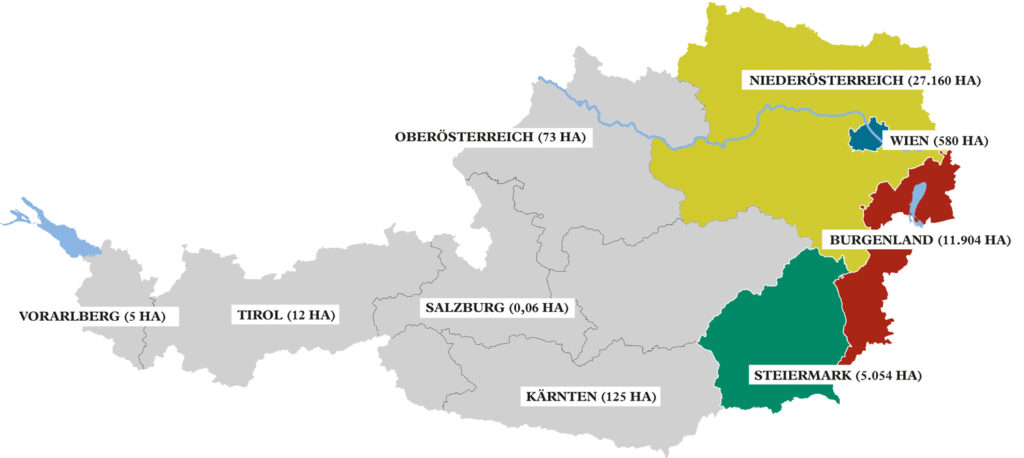
I once lost a bet on an Austrian red wine. We were at a resort restaurant in Austria’s Tyrol region, contemplating a thick juicy steak and looking for a nice bottle of Cabernet. The sommelier steered us away from the usual suspects and recommended something from Austria’s Burgenland region. Which caused me to wonder where the hell is Burgenland, followed by, will my epitaph read "died of complications from drinking a crappy wine?” The sommelier rose to the challenge and told us, condescendingly, that if we didn’t love the wine, it was on the house. The answer to Burgenland's location is on the map below. As for the bet – we ended up buying a second bottle and staggering back to our room.

I had that experience in mind when I came across a Burgenland Bläufrankisch at a local wine shop. Burgenland is the easternmost and warmest Austrian state, bordering Hungary, and it’s known for producing quality red wines. Bläufrankisch, despite sounding like a noise our dog makes when he has indigestion, is genetically related to Pinot Noir and Gamay, and capable of making elegant, complex wines with rich black fruit and herbaceous spice flavors, along with medium tannins and acid. It's Austria’s most planted red grape, but even so only accounts for about six percent of the country’s vineyard acreage.
- These are very food-friendly wines, and they pair nicely with meals such as lean beef, spicy sausage, duck, veal, and hearty beef stews.
- Outside of Germany and Austria, Bläufrankisch is known as Lemberger.
Our wine of the week is a 2018 Moric Bläufrankisch ($32 retail). Moric (pronounced “Moritz”) is a highly regarded producer that has adopted a Burgundian style, vinifying its wines like a cool-climate Pinot Noir. It's located in the Mittelburgenland subregion, where more than half of the grapes produced are Bläufrankisch. Moric is known for producing subtle, complex wines that are relatively low in alcohol.The bottom line is that we really liked this wine and thought it worth the money and a great pick when you're in the mood for something different.
- This wine is Moric's entry-level Bläufrankisch. It's dry and, despite its deep purple color, medium- to full-bodied and very subtle. It's not terribly aromatic, but there are hints of cherry and spice. On the palate, it has notes of cherry, dark fruit, and spice as well as an earthiness. This is a well-balanced wine with a mouthwatering acidity and a longish, interesting finish. The wine benefits from being decanted for 30 – 60 minutes.
- You can cellar this wine for five to ten years.
- To see the heights of what the Bläufrankisch grape is capable of, step up to the flagship Moric Reserve (about $55 retail).
Cheers and Happy St. Patrick's Day!
